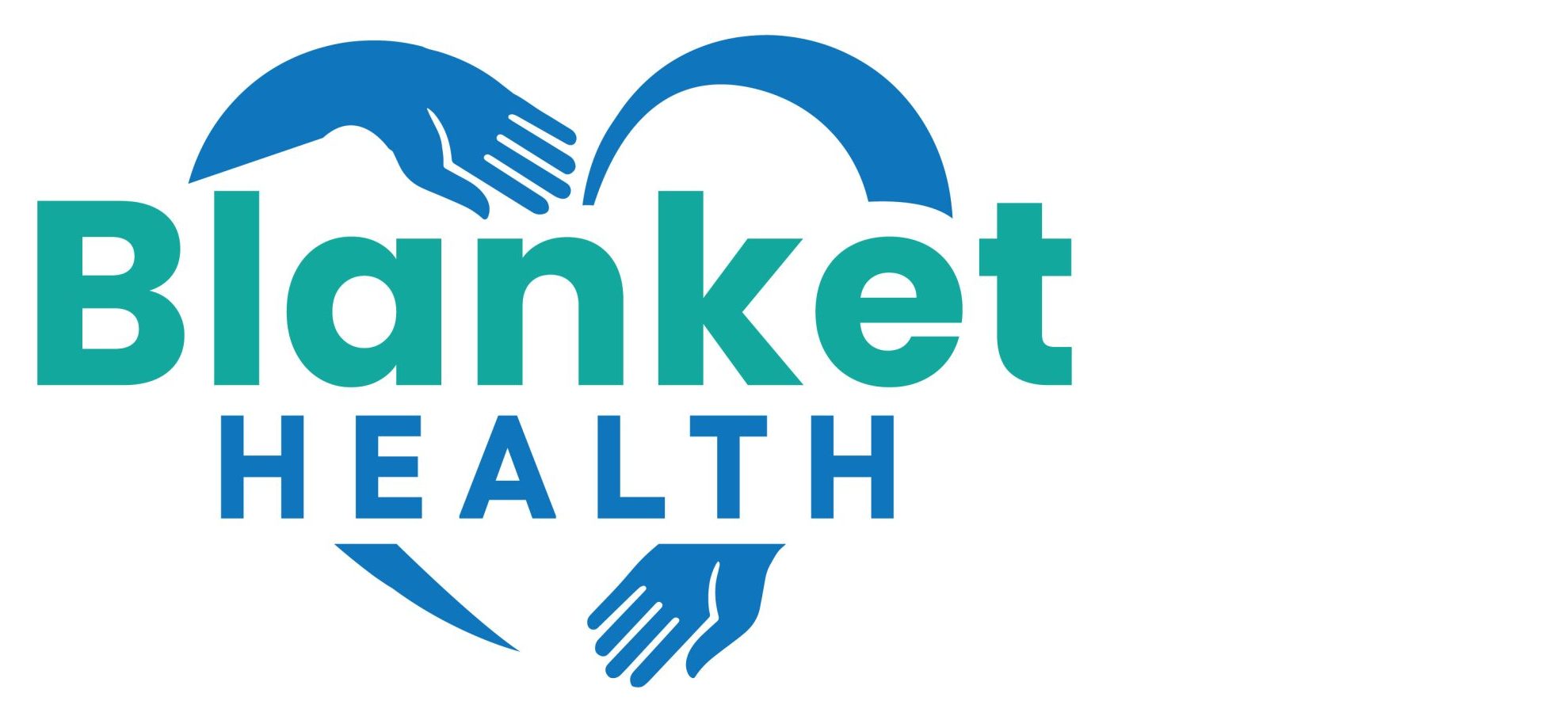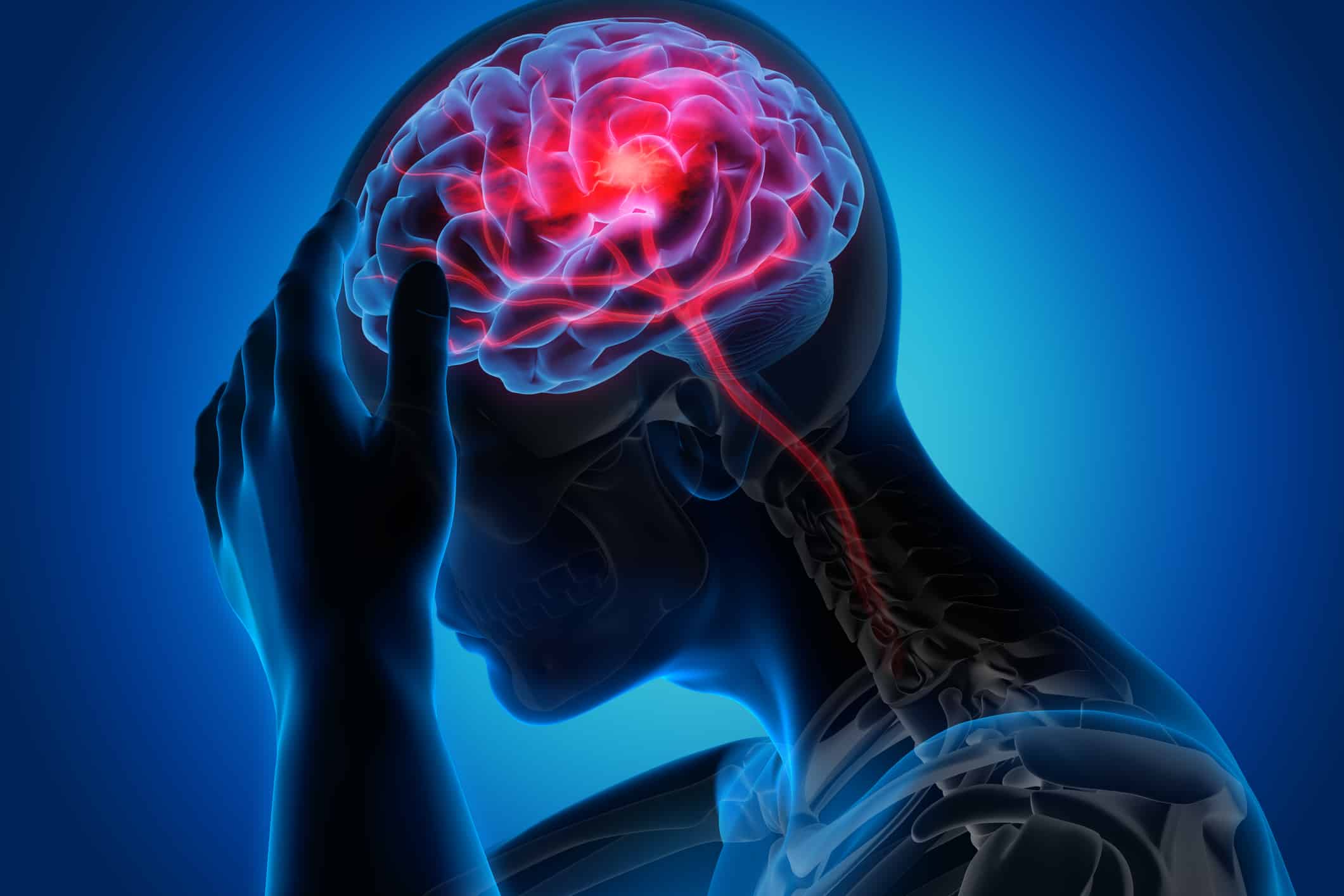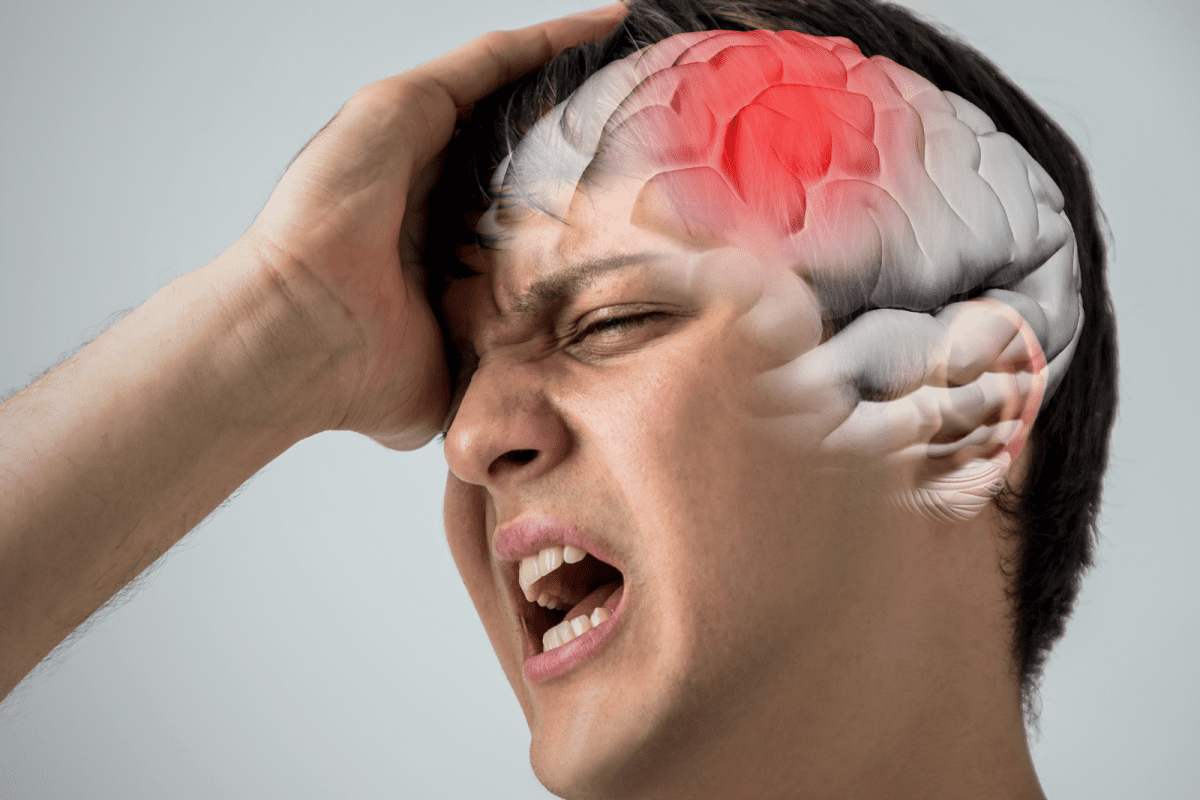Supporting a family member who has suffered a stroke is a challenging and emotional journey that requires understanding, patience, and empathy.
The first step in providing effective support is to educate yourself about strokes. Learn about the different types of strokes, their causes, symptoms, and treatment options. Understanding the medical aspects of your loved one’s condition can help you make informed decisions and communicate effectively with healthcare professionals. It also enables you to anticipate and address potential challenges in their recovery journey. Stroke recovery can be a slow and frustrating process. Your family member may experience physical limitations and emotional turmoil. It’s essential to be patient and empathetic during this time. Understand that their journey might involve setbacks, and they may need time to adjust to their new reality. Offer a listening ear and emotional support without judgment.
Many stroke survivors face communication difficulties, including speech impairments. Encourage your family member to express themselves in whatever way they can. Be patient if they need extra time to communicate their thoughts and feelings. Utilize tools like communication boards, gestures, or writing to facilitate conversations. Accompany your loved one to medical appointments whenever possible. Your presence offers emotional support and helps ensure that you fully understand their treatment plan and any lifestyle adjustments that may be necessary. Take notes, ask questions, and advocate for their needs during medical visits.
Depending on the severity of the stroke, your family member may require assistance with daily activities like dressing, bathing, and eating. Provide this assistance with sensitivity and respect for their dignity. Encourage their independence when appropriate, allowing them to regain their self-confidence. Stroke survivors often aspire to regain as much independence as possible. Support their efforts to participate actively in rehabilitation and regain functional skills. Recognize and celebrate small victories along the way, as these milestones can boost their confidence and motivation.
 Modify the home environment to ensure it is safe and accessible for your family member. Remove potential hazards, install handrails, and make necessary adaptations to accommodate their specific needs. A safe environment is essential for their well-being and mobility. Rehabilitation is a critical component of stroke recovery. Encourage your family member to actively participate in physical, occupational, and speech therapy sessions. Attending therapy sessions with them, when appropriate, can provide additional support and motivation.
Modify the home environment to ensure it is safe and accessible for your family member. Remove potential hazards, install handrails, and make necessary adaptations to accommodate their specific needs. A safe environment is essential for their well-being and mobility. Rehabilitation is a critical component of stroke recovery. Encourage your family member to actively participate in physical, occupational, and speech therapy sessions. Attending therapy sessions with them, when appropriate, can provide additional support and motivation.
Stroke survivors often contend with emotional challenges, including depression, anxiety, and frustration. Encourage open dialogue about their feelings and emotions. If necessary, consider seeking professional mental health support. Engage in activities that boost their mood and self-esteem, such as hobbies or outings. Assist your family member in adopting and maintaining a healthy lifestyle to reduce the risk of future strokes. Encourage them to follow a balanced diet, engage in regular physical exercise (if approved by healthcare professionals), and adhere to prescribed medications. Be attentive to any dietary restrictions, especially if they have swallowing difficulties.
Social isolation can be a significant issue for stroke survivors. Facilitate social interactions by arranging visits with friends and family. Consider joining stroke support groups together, where they can connect with others facing similar challenges. These connections can provide emotional support and a sense of belonging. Stroke survivors have their own goals, preferences, and autonomy. It’s crucial to involve them in decision-making whenever possible. Respect their desires and needs throughout their recovery journey. Supporting their autonomy can help them maintain a sense of control and empowerment.
As you support your family member through recovery, it’s essential to have open and honest discussions about the future. This may include long-term care arrangements, living accommodations, and legal matters. Having these conversations early on can alleviate stress and uncertainty for both you and your loved one.
Providing support to a family member during stroke recovery can be emotionally and physically taxing. It’s vital to prioritize your own well-being. Seek support from friends, family, or support groups to help you manage stress and maintain your own health. Taking care of yourself ensures that you can continue to provide effective support to your loved one. Being supportive to a family member who has suffered a stroke involves a holistic approach that encompasses understanding, patience, and empathy. Your role as a caregiver and supporter is essential in their recovery and overall quality of life. By fostering an environment of care, empowerment, and open communication, you can help your loved one navigate the challenges of stroke rehabilitation with dignity and hope.



 Recognizing the signs of a stroke is crucial for seeking immediate medical attention, as early intervention can prevent further damage. The common symptoms of a stroke can be remembered using the acronym FAST:
Recognizing the signs of a stroke is crucial for seeking immediate medical attention, as early intervention can prevent further damage. The common symptoms of a stroke can be remembered using the acronym FAST: Keep the Person Comfortable: Help the affected person sit down if they are able to do so safely. Make sure they are in a comfortable position, and keep them warm if necessary.
Keep the Person Comfortable: Help the affected person sit down if they are able to do so safely. Make sure they are in a comfortable position, and keep them warm if necessary. Modify the home environment to ensure it is safe and accessible for your family member. Remove potential hazards, install handrails, and make necessary adaptations to accommodate their specific needs. A safe environment is essential for their well-being and mobility. Rehabilitation is a critical component of stroke recovery. Encourage your family member to actively participate in physical, occupational, and speech therapy sessions. Attending therapy sessions with them, when appropriate, can provide additional support and motivation.
Modify the home environment to ensure it is safe and accessible for your family member. Remove potential hazards, install handrails, and make necessary adaptations to accommodate their specific needs. A safe environment is essential for their well-being and mobility. Rehabilitation is a critical component of stroke recovery. Encourage your family member to actively participate in physical, occupational, and speech therapy sessions. Attending therapy sessions with them, when appropriate, can provide additional support and motivation.
